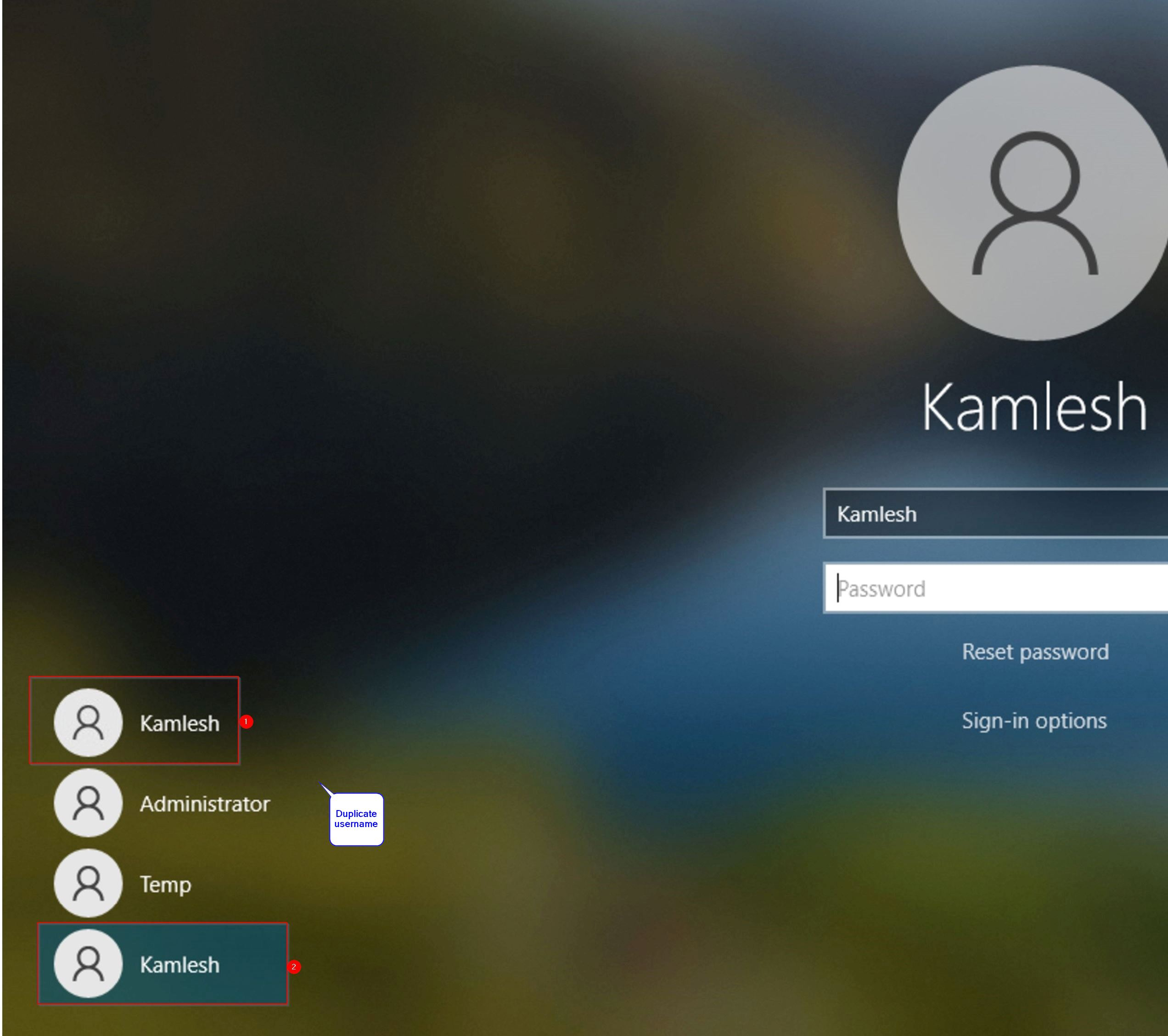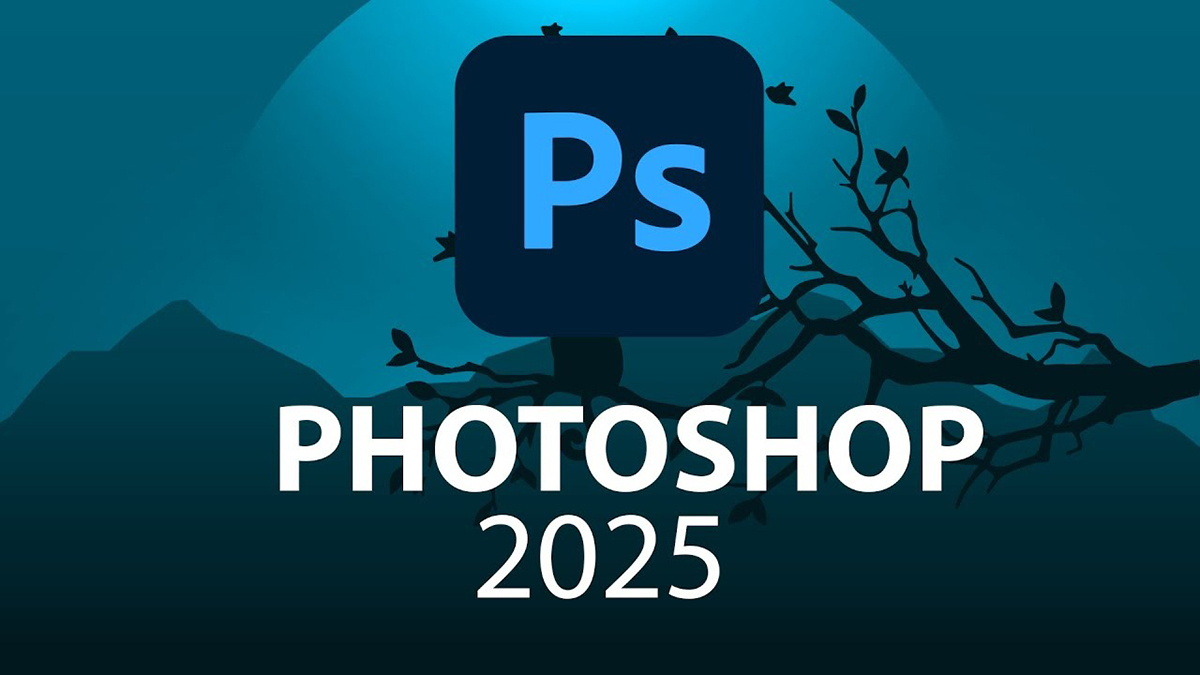Microsoft account sign-in change marks a pivotal shift in how users will interact with their online accounts, aiming to streamline the sign in process. Starting next month, users will automatically remain signed in to their Microsoft accounts until they choose to manually log out, diverging from the previous method that prioritized Microsoft account security through auto sign-out after periods of inactivity. This alteration raises concerns about account security, particularly for those using shared or public devices. With the new sign-in approach, Microsoft encourages users to embrace private browsing to safeguard their sensitive information. As this change rolls out, individuals may need to adjust their habits surrounding the sign in process to mitigate potential security risks that accompany the new system.
The recent shift in Microsoft account protocols introduces a notable evolution in user authentication processes. Under this new framework, individuals will find themselves continuously logged in until they actively opt to disconnect. This alteration has significant implications for account protection, especially on devices that are not privately owned. Microsoft is urging its users to consider the benefits of using incognito browsing modes to maintain privacy and reduce the risk of unauthorized access. As users navigate this transition, understanding how to effectively manage their online presence will be crucial in enhancing overall security.
Understanding the New Microsoft Account Sign-In Change
Microsoft’s recent announcement regarding changes to the sign-in process for Microsoft accounts could alter the way many users interact with their accounts. Starting February 2025, the new sign-in feature will allow users to stay logged in until they decide to log out manually. This shift from the traditional automatic sign-out after periods of inactivity raises concerns about account security, particularly for those who use shared or public computers frequently. Such environments necessitate stringent security practices to protect personal data.
Previously, the automatic sign-out feature was a significant safeguard, especially in public spaces where someone could access your private information if you forget to log out. As users adjust to these changes, it’s crucial to understand how the new sign-in process can impact Microsoft account security. Microsoft recommends leveraging features like private browsing to mitigate risks, indicating a strategic shift towards user responsibility in safeguarding their information.
Frequently Asked Questions
What is the Microsoft account sign-in change announced for February 2025?
Starting in February 2025, Microsoft accounts will remain signed in until you manually log out. This change replaces the current policy that automatically signs users out after a period of inactivity, potentially raising concerns about Microsoft account security.
How will the Microsoft account sign-in change affect users’ account security?
The Microsoft account sign-in change may decrease account security as users will stay signed in by default. This can pose risks, especially for those using public or shared devices. Microsoft recommends using private browsing to mitigate these risks.
What should I do if I forget to log out of my Microsoft account after the sign-in change?
If you forget to log out, you can sign out from all locations via your Microsoft account settings. However, note that this may take up to 24 hours to process, which can impact your account security.
Why does Microsoft recommend using private browsing for Microsoft account sign-ins?
Microsoft recommends using private browsing to enhance security when signing into your account on shared devices. This mode prevents your browser from remembering your sign-in details, reducing the risk of unauthorized access.
Will the new sign-in process for Microsoft accounts change how I use my personal computer?
On personal computers, the new sign-in process allows your browser to remember your Microsoft account details, making future logins easier. However, users should be mindful of security and consider logging out if it’s a shared device.
What are the implications of the auto sign-out feature being removed for Microsoft accounts?
The removal of the automatic sign-out feature could lead to increased risks of unauthorized access to your Microsoft account, especially when using public or shared computers. It’s vital to adopt new practices to secure your account.
How can I log out of my Microsoft account across all devices?
To log out of your Microsoft account from all devices, navigate to your account settings and select the option to sign out from all locations. Keep in mind that this may take up to 24 hours to complete.
Is the upcoming change in the Microsoft account sign-in process part of a larger trend in account management?
Yes, the Microsoft account sign-in change reflects a broader trend toward convenience in account management, though it may compromise security. Users are encouraged to adopt secure practices like private browsing and regular manual sign-outs.
| Key Point | Details |
|---|---|
| Change to Sign-In Process | Users will remain signed in until they manually log out, effective February 2025. |
| Current Method | Automatic log out after inactivity, enhancing security. |
| Security Implications | Increased risk for users on public or shared computers. |
| Recommendations for Users | Use private browsing or log out of all devices to mitigate risks. |
| User Experience Impact | New habits required for users to remember to log out or use private browsing. |
Summary
The recent Microsoft account sign-in change represents a notable shift in user experience and security practices. Starting February 2025, users will automatically remain logged in, increasing potential security risks, especially on shared devices. It’s crucial for users to adapt by utilizing private browsing sessions and logging out when necessary to protect their accounts effectively.



